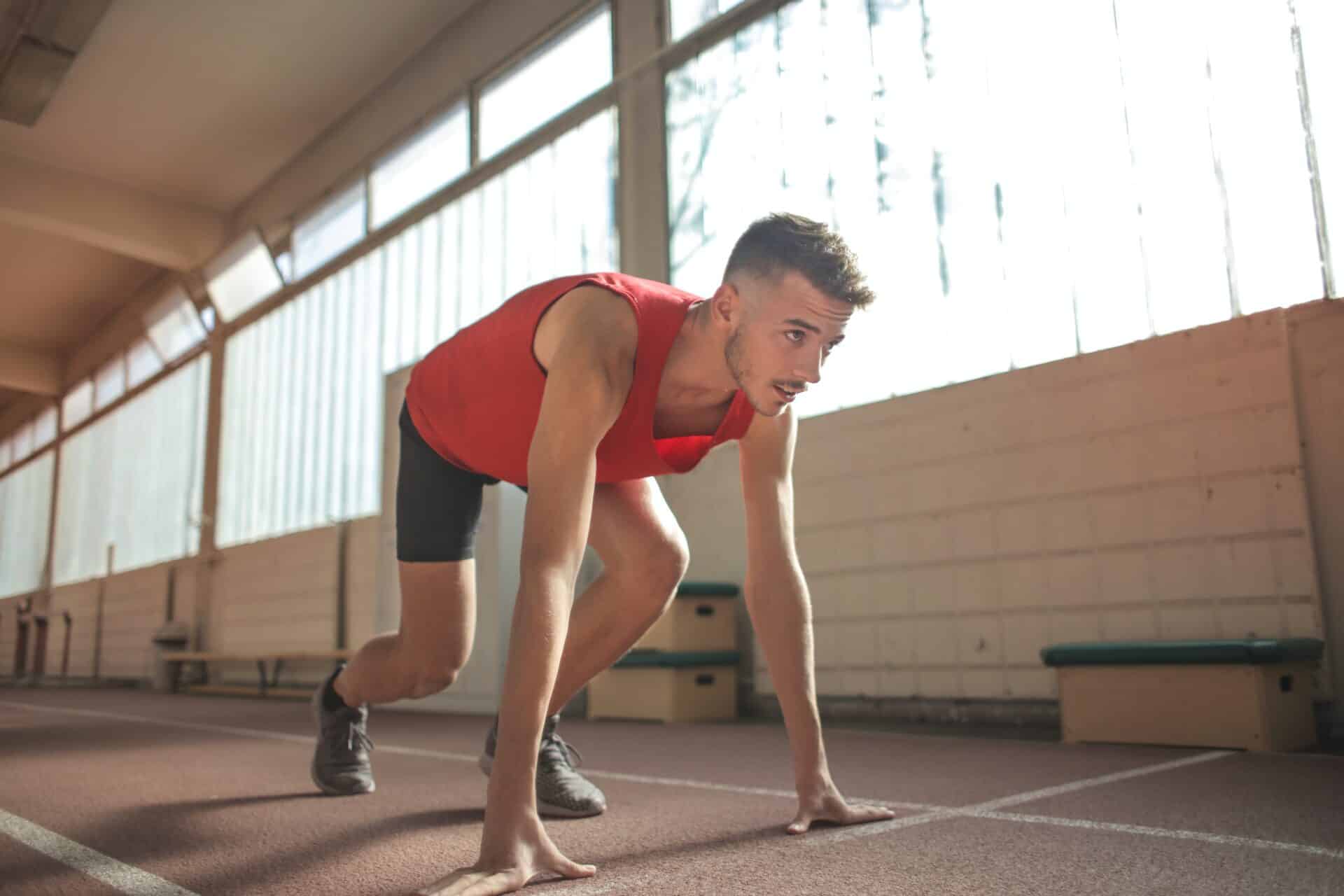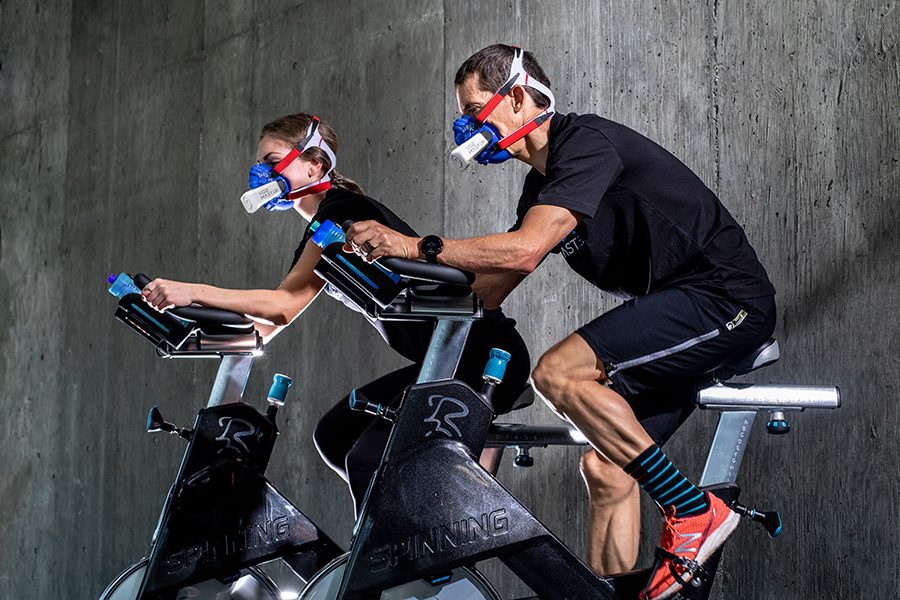A Primer on Exercise Efficiency and Economy
Elite level endurance performance requires an athlete to have a large (>70 ml/kg/min) aerobic engine (VO2max) of which a high percentage (75-90%) of that maximal value can be maintained for upwards of 2 hours. This combination is augmented further by the ability to translate the chemical energy produced from oxygen to locomotion. Termed, exercise economy/efficiency,Continue reading "A Primer on Exercise Efficiency and Economy"

Elite level endurance performance requires an athlete to have a large (>70 ml/kg/min) aerobic engine (VO2max) of which a high percentage (75-90%) of that maximal value can be maintained for upwards of 2 hours. This combination is augmented further by the ability to translate the chemical energy produced from oxygen to locomotion. Termed, exercise economy/efficiency, this physiologic characteristic describes the bodies’ ability to translate chemical energy, from the breakdown of ATP to mechanical energy (i.e. locomotion). When athletes of similar VO2max and threshold values compete, the winner is typically the one with the best efficiency/economy. While there are many benefits to thrifty exercise efficiency, one main benefit of higher efficiency/economy values is that the athlete with the higher values is less reliant on carbohydrate metabolism, thus sparing this finite resource during the same intensity of exercise. While it’s evident that exercise efficiency is a prerequisite to high-level endurance performance, the physiological determinants and trainability of these values poorly understood.

Physiologic Determinants of Efficiency/Economy.
Exercise efficiency/economy can vary between 30-40% in runners and 10-20% in cyclists, where at least 50% of this variance can be explained by the type I fiber distribution in cyclists, Joyner and Coyle (2008) speculate that the benefit of higher type one fibers is not for total oxidative capacity but for metabolic efficiency (changes in P/O ratio) which may or may not change over many years of training. As running is a more complex, weight-bearing exercise, the determinants of high level running economy still remain somewhat of a mystery, but it can be assumed that all components involved with contraction and support of skeletal muscle play an important role in the determination of efficiency.
More recently, scientists have begun to explore if/how to exercise economy can be augmented with training. While some case studies on an elite level marathon runner and Tour de France champion show a 14% and 8% improvement to running economy and cycling efficiency, respectively, there is a paucity of longitudinal data tracking changes to these values in larger populations. The bottom line is that just running/cycling training alone may not result in a better economy of movement. However, two methods/modalities of training have been suggested to improve economy values. The first is strength training. In one study, athletes who completed two sessions of heavy, lower-body strength training (3-5 sets of 3-5 reps to failure) improved their efficiency and endurance performance which corroborated many other findings that strength training could enhance endurance performance, most likely mediated by changes in connective tissue resulting in better running economy. The second method of improving the economy is through altitude exposure. Long term, altitude exposure is thought to result in increases in oxidative enzymes which allows for a better coupling of oxygen utilization with the synthesis of ATP. However, it is still debated whether or not altitude exposure really augments endurance performance in highly trained athletes.
Exercise efficiency/economy seems to be the factor that differentiates/predicts endurance performance in athletes who are all highly-trained (i.e. high VO2max and high threshold values). Yet the physiological determinants of efficiency are still relatively unknown making it hard to find targetable factors to improve these values via training. While the trainability of the economy is still in question, measuring economy/efficiency in a lab setting is relatively easy and requires minimal equipment. In the next post, I will take a deeper dive into the best practices for determining exercise economy experimentally.
Interested in learning more about how the VO2 Master Analyzer can help you achieve your optimal performance? Contact us today!
Phone: +1 (833) 862-6787 | Email: info@vo2master.com
